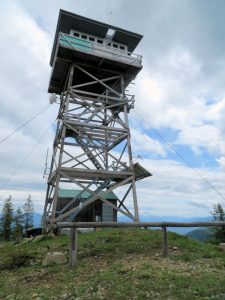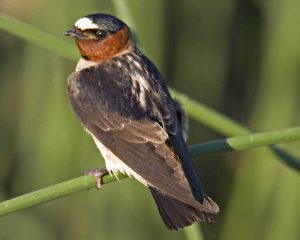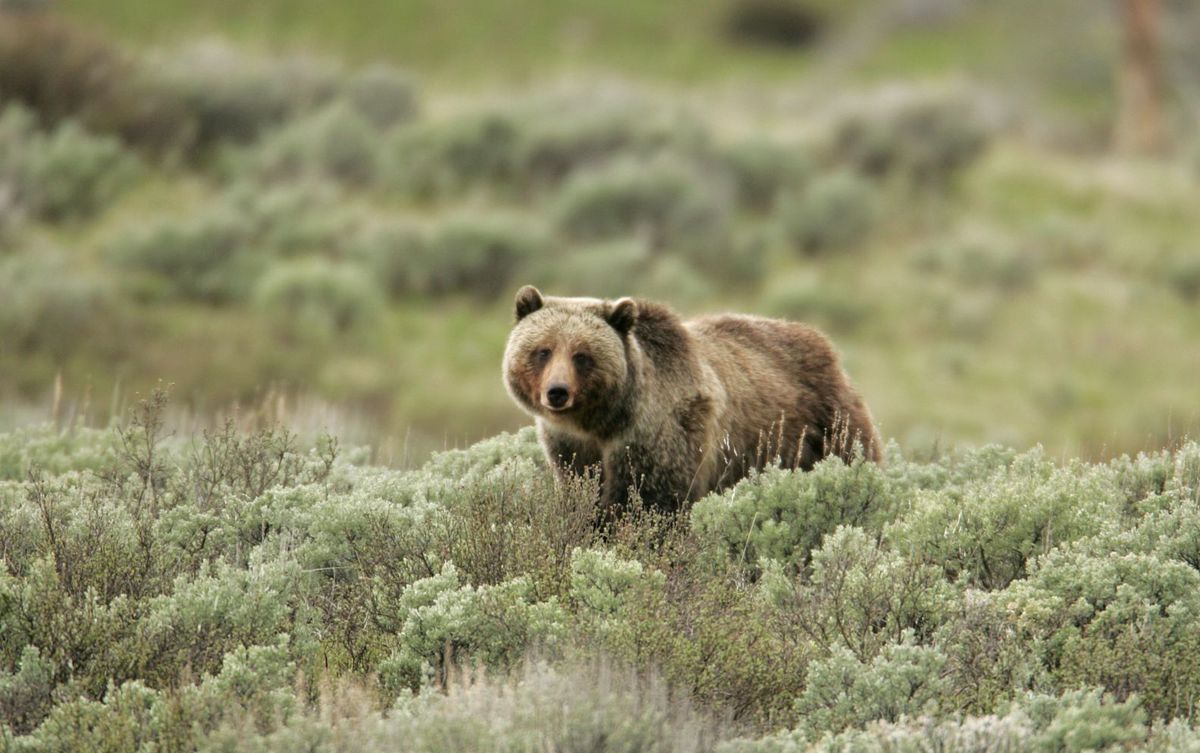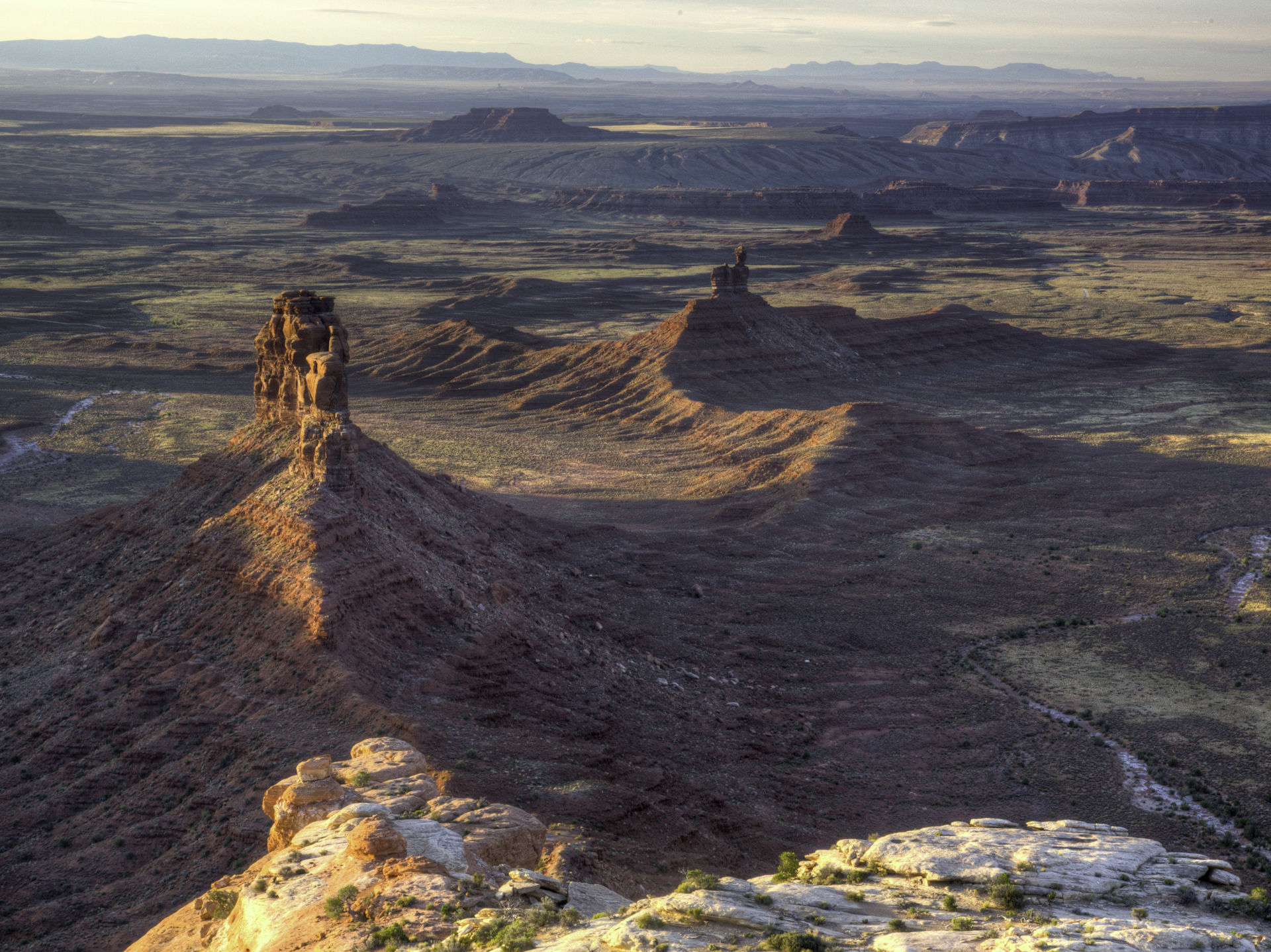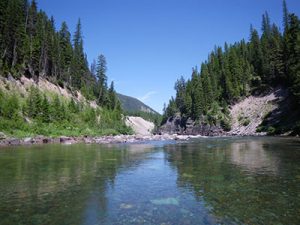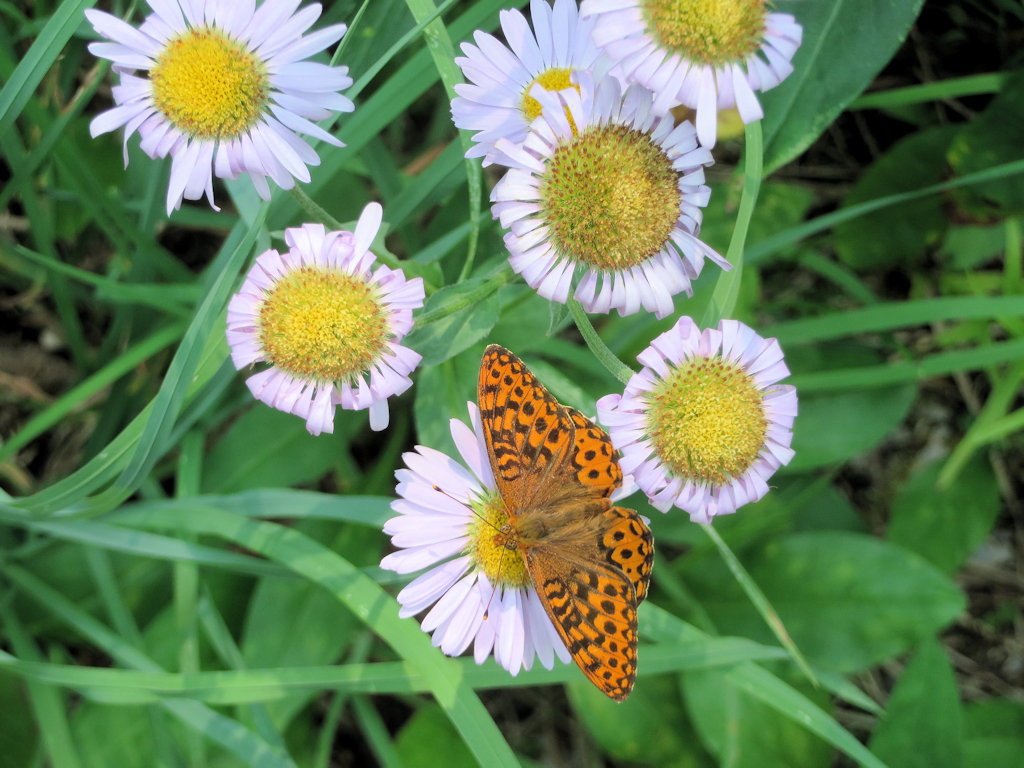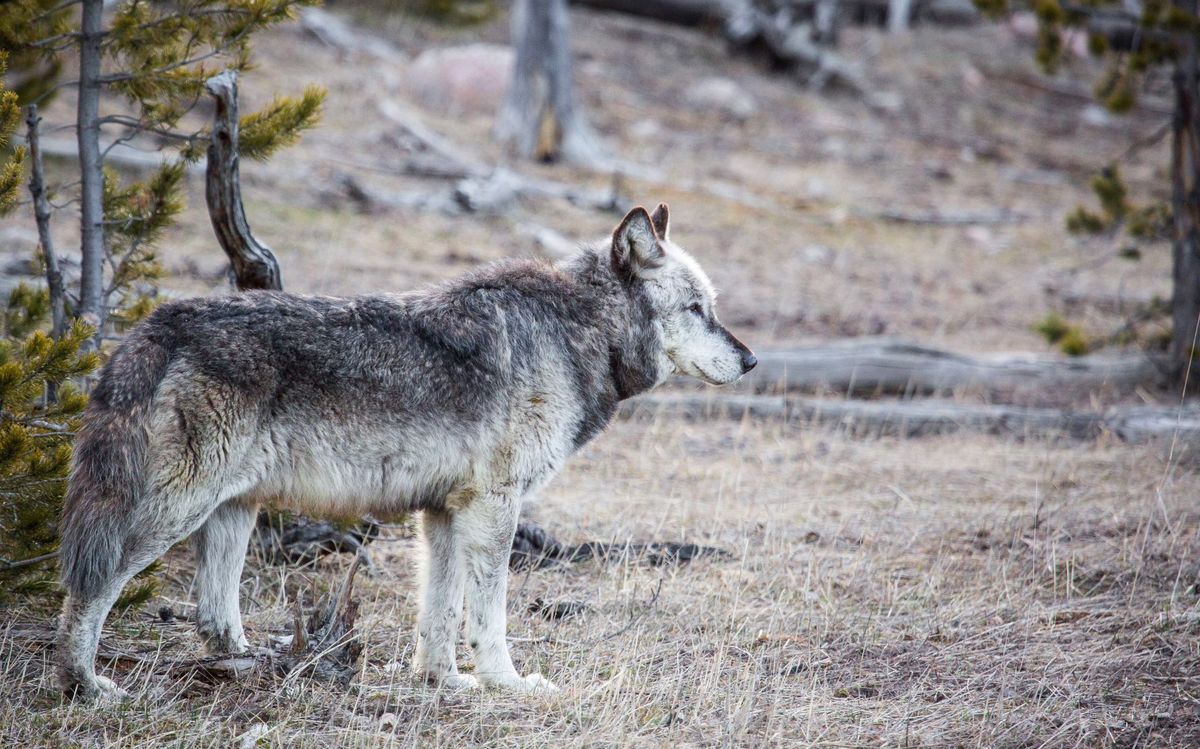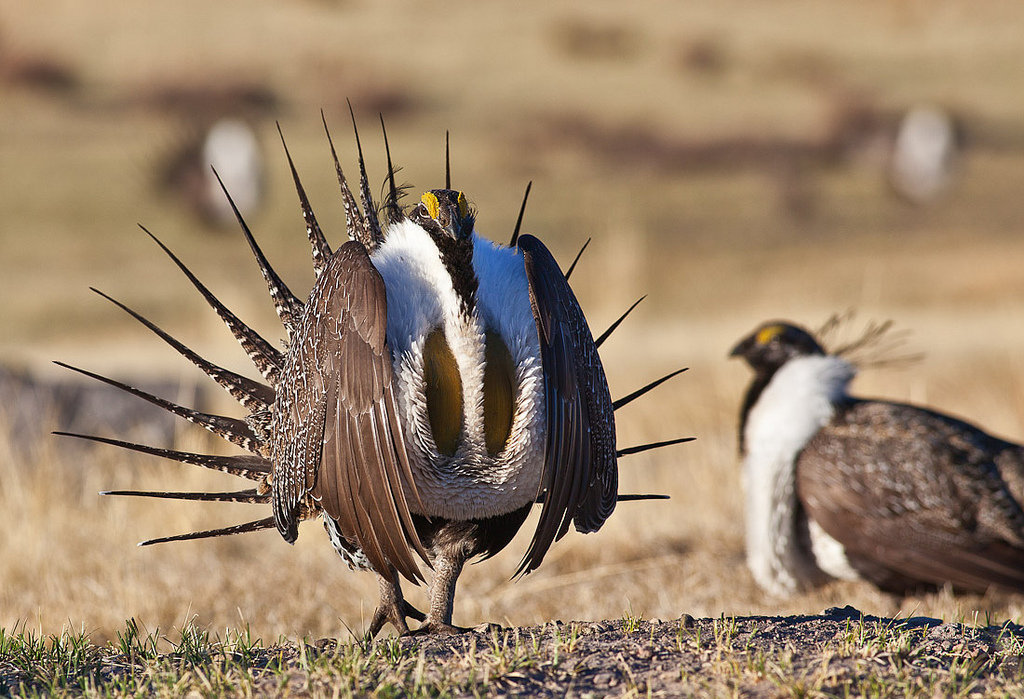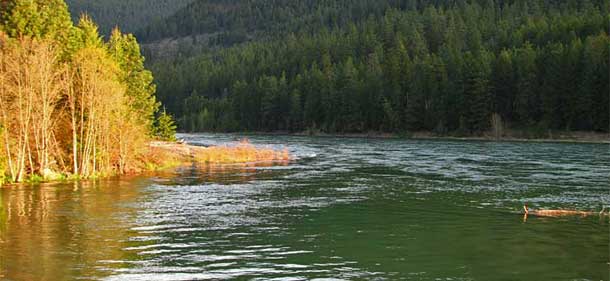
Yet another object lesson on why it is so important to protect the transboundary Flathead Watershed . . .
As British Columbia’s downstream neighbor, Montana has long been concerned about mining pollution spilling across the international border and into its world-class watersheds — fears that a growing body of research and evidence confirms are well founded.
Most recently, conservation groups and scientists on both sides of the border have renewed their calls for Teck Resources to halt new coal mines in the Elk River Valley, a step they say gained urgency when an experimental water treatment facility designed to stem the flow of a mining contaminant called selenium was taken offline because it was releasing an even more biologically toxic form of the heavy metal.
The trouble brewing in the Elk River is equally worrisome for Montana, where the upstream waterways of British Columbia flow into two shared bodies of water straddling the international boundary — Lake Koocanusa and the Kootenai River.
